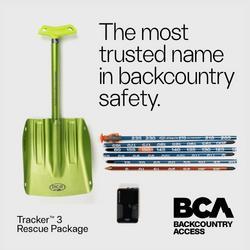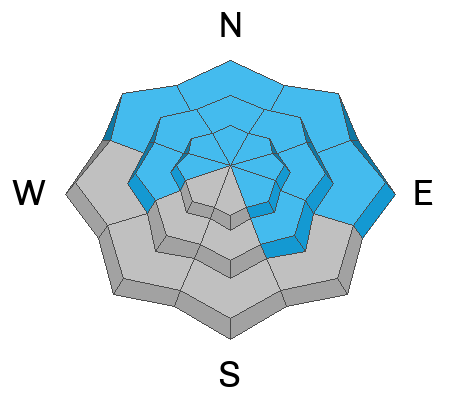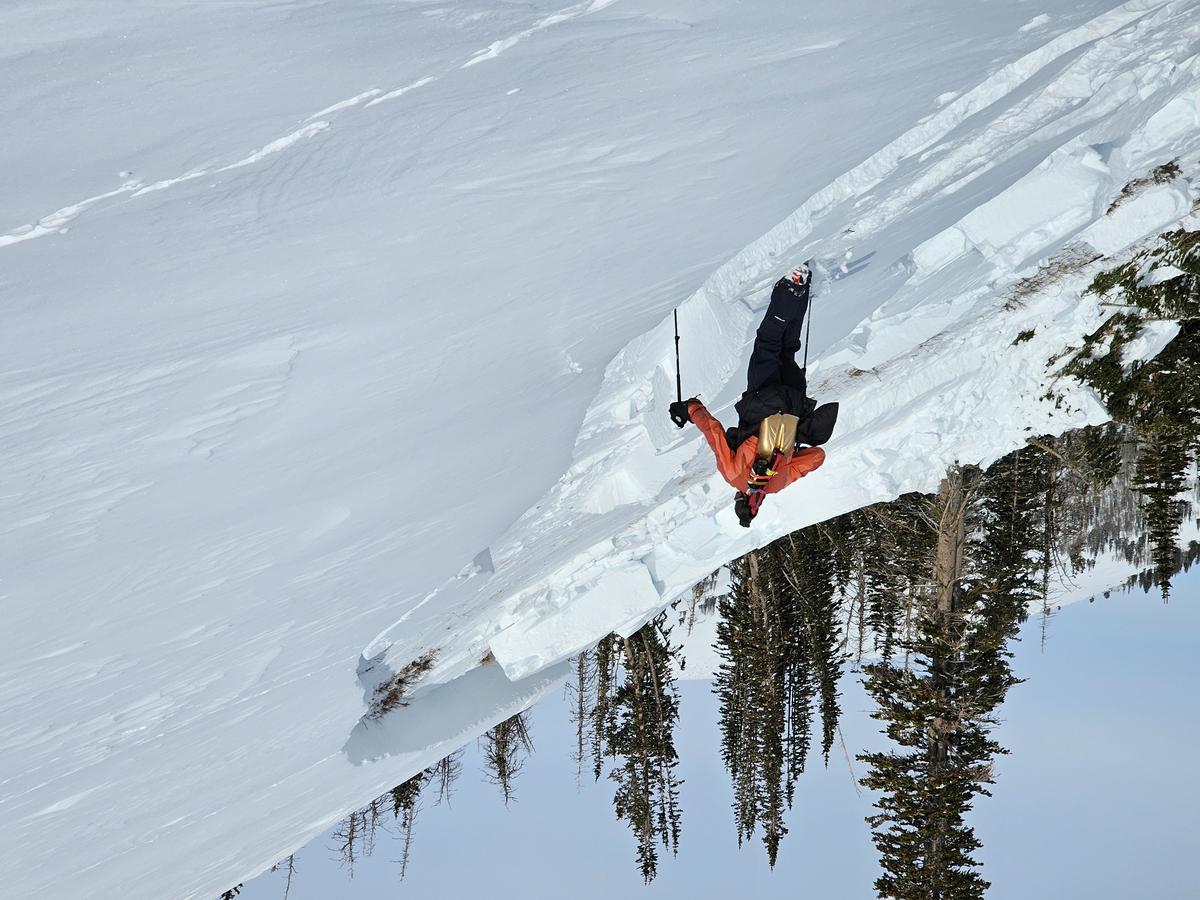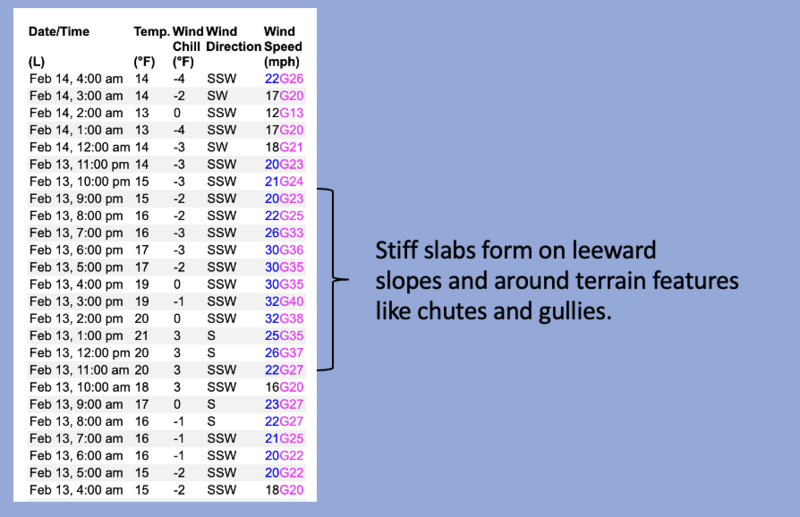Forecast for the Uintas Area Mountains

Issued by Craig Gordon on
Wednesday morning, February 14, 2024
Wednesday morning, February 14, 2024
The avy danger drops a notch but the consequences of triggering a slide still delivers a knockout punch-
Near and above treeline you'll find MODERATE avalanche danger. Human triggered avalanches are POSSIBLE especially in terrain facing the north half of the compass. Disclaimer... don't remove this tag and don't get lulled into thinking fresh drifts are the only avalanche game in town. Steep, rocky slopes with a shallow, weak snowpack have the potential to produce a slide that breaks deeper and wider than you might expect. Any slide that fails on weak layers buried deep in our snowpack will instantly ruin your day.
Mid and lower elevation terrain, especially slopes facing the south half of the compass offer LOW avalanche danger.
Note to self-
Hmm... avy danger sounds kinda sly, kinda cagey, kinda wily (coyote :). And it feels like there's no reason to roll the dice and take my chances when there's amazing pow on low angle, wind sheltered, mid and low elevation terrain. Done, done, and done.
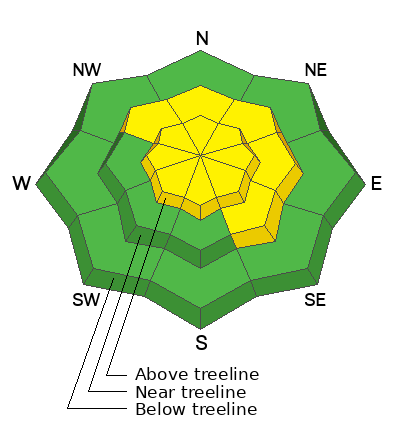
Low
Moderate
Considerable
High
Extreme
Learn how to read the forecast here




